Digging in Yixing Part I
For many, gongfu tea can be an overwhelming hobby to get into at first. There are so many different types of tea from different areas, a slew of names and places with foreign and often inconsistent names, and the daunting task of sorting out who has the “real” good stuff. Just when you think you have it sorted out, you realize you’ve been using “inferior” equipment to brew. That’s probably not really true – a simple porcelain gaiwan is more than adequate for enjoying any type of tea, no matter what anyone else says. But if you’ve got the extra time (and more importantly, money) on your hands to dive into teaware, then you have at least some level of familiarity with Yixing teaware, and consequently the dubious claims and scepticism that comes with it.
The contradictions and controversy are part of what prevented us from carrying Yixing teaware for so long. We’re far away from the source, tucked away down here in Yunnan, and while the internet can bring us much closer in terms of both information and connecting with teapot sellers and potters, the landscape is too opaque to just jump into without building a base of knowledge and testing the waters for ourselves. So, we made some friends and connections, watched, and waited.
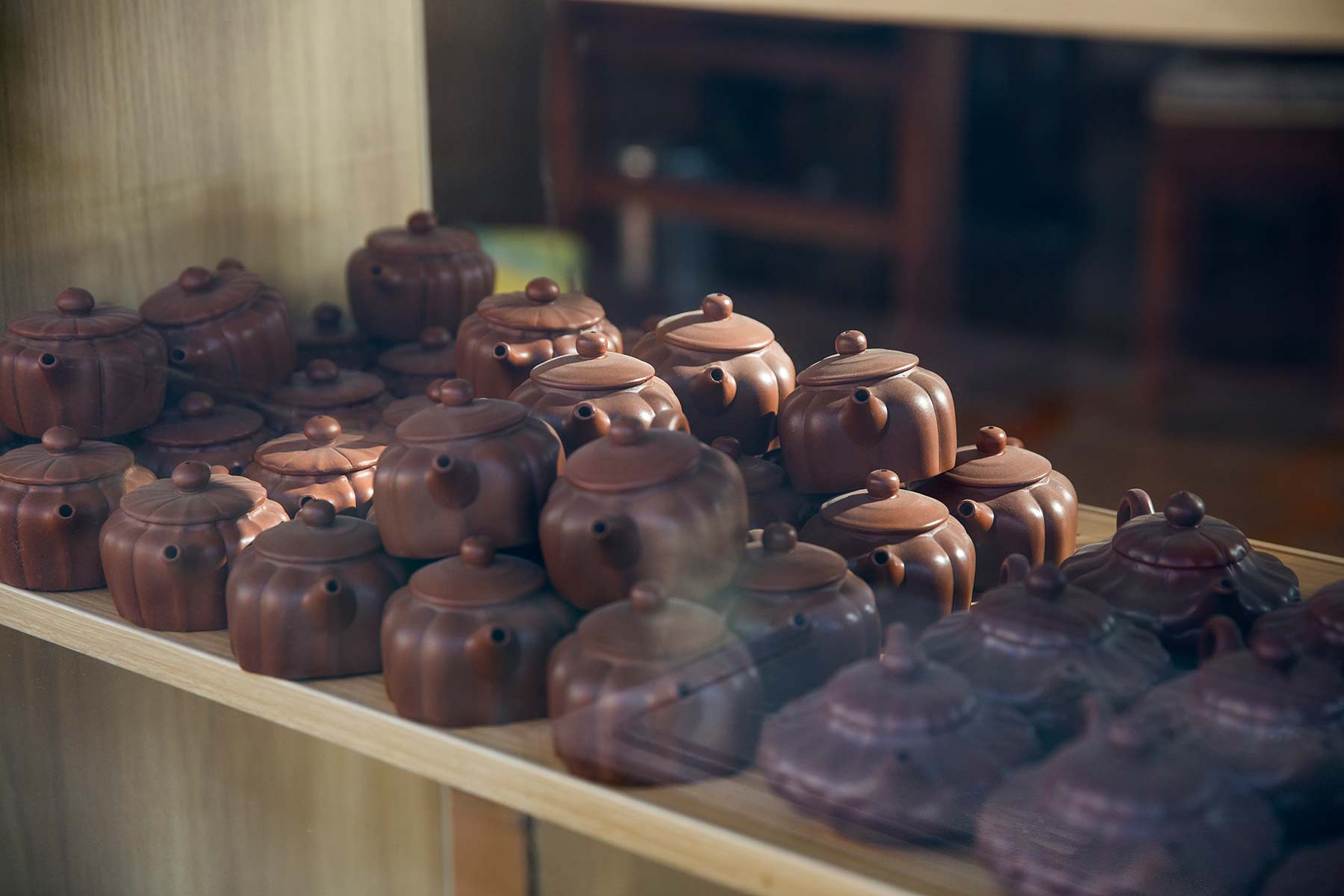
By all accounts, this reads as though we’re describing the puer scene. There is plenty of controversy over claims and authenticity there too. However, puer can be made fully transparent if enough effort is given, at least for those of us who source it. You can keep your eyes on the leaves from the tree all the way to the cake if you want to. It requires a few days straight of your full attention, but that’s not necessarily an impossible ask. This is quite common for tea from the most sought-after regions.
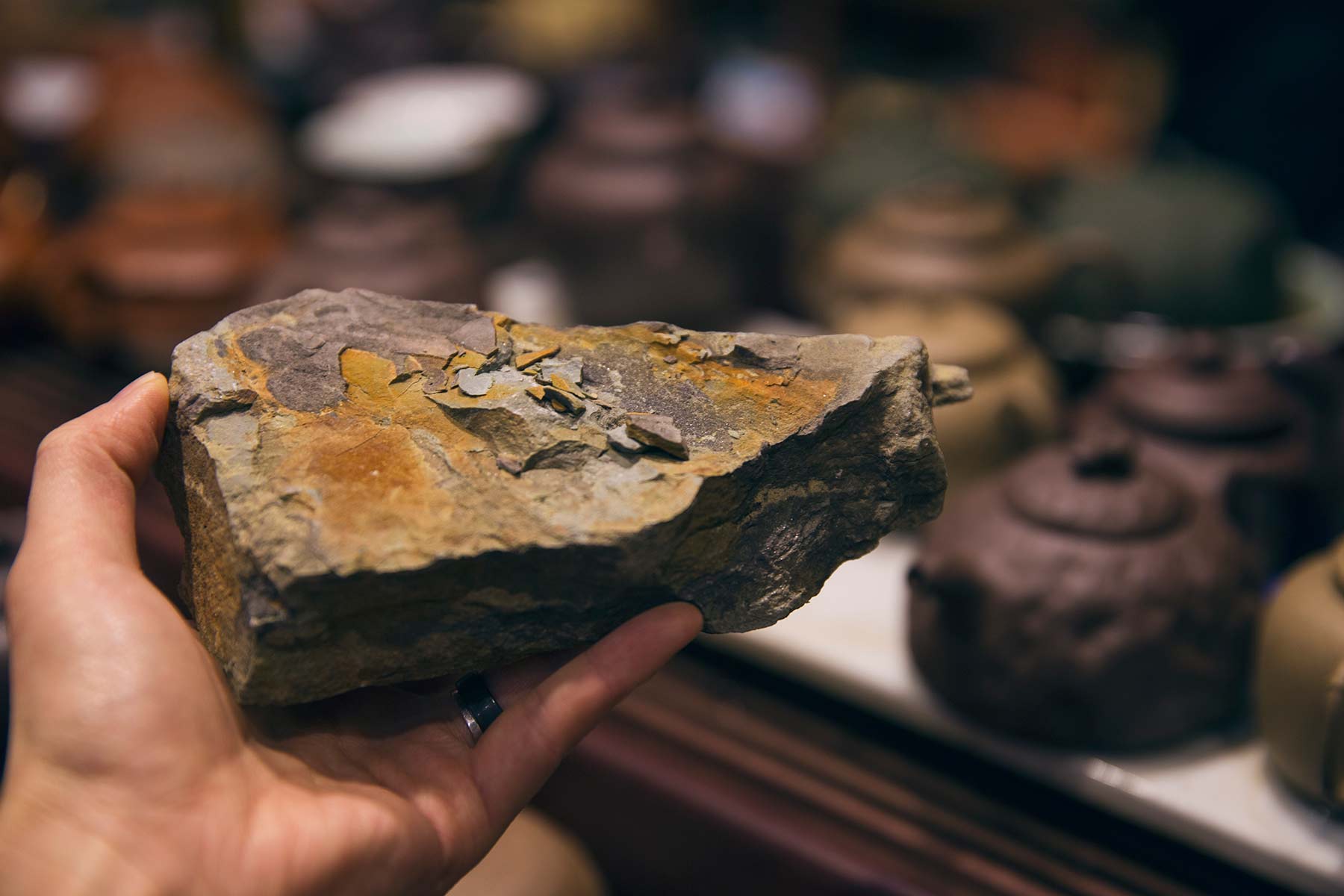
But we’re not talking about Yunnan. In Yixing, the person who mines the clay and processes it is rarely (never) the same as who makes the teapots. If you can watch the process, you’re probably being shown the making of a pot, which would confirm if it is handmade or half-handmade. Getting access to a facility that processes the clay from raw ore is a whole different thing, and very difficult to achieve. Many are reluctant to allow outsiders access to trade secrets. In addition to this, zisha clay is meant to rest for a period of several years before being use in order to improve plasticity. Good luck keeping your eyes on that. Then there’s another level when claims of clay being “original mine” zisha, or clay from Huang Long Shan. While there are considerable stockpiles of this clay in existence, the Chinese government heavily restricted, then halted all mining over the last few decades, making this clay incredibly valuable and therefore expensive to use.
Eventually we decided that even without the ability to get “full transparency” from ore to pot, the only way to develop our understanding and gain familiarity was by investing in a flight over to Yixing. We had already been talking with several contacts over the last year, who were willing to meet and show us what they could. Up until this point we asked them all the same question and measured the answers. Again, as with puer, this is a crucial tactic for not only building your own base of knowledge, but also knowing who you’re dealing with.
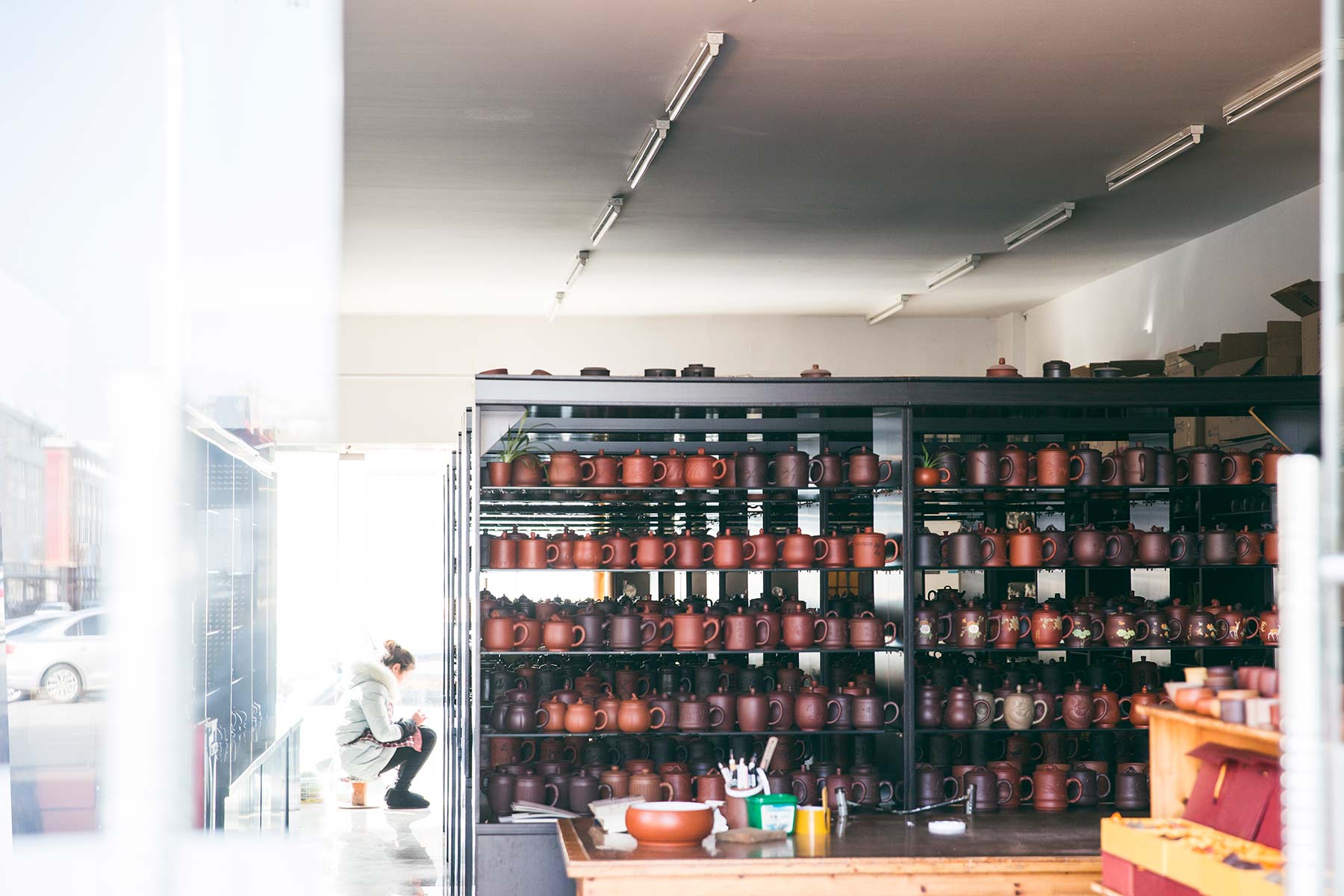
For us this was not a sourcing trip though. We were already pleased with at least one seller’s pots and manner prior to visiting, especially having already received and used pots from her. The clay gave off no unusual smells and tea from the pots tastes great. We stayed in Dingshuzhen, the village closest to Huanglong Shan, where many zisha pots are made. “Village” perhaps sells it short – this is production town, where everyone is in some way is involved in the production of zisha pots. While prices are about half of what you would encounter in a store in the main city of Yixing, the shops are countless and would require days to browse. Our intention was not to spend each day hopping from shop to shop searching for treasure, but rather to witness as many aspects of the industry as we could firsthand.
These were only the events that drew us to Yixing. Please check out part 2 and 3 (maybe 4?) where we’ll do our best to provide some insight into the different types of pots available, their prices and the factors and justification that go into the cost of a Yixing teapot. Be warned that we won’t be waxing poetically about the artistry or mystique of Yixing, or regurgitating the same sales-pitch-facts you can find on every other tea website. If anything, it may be slapping our own face a bit as a vendor, but this is real life. We’re simply relaying what we saw and experienced.
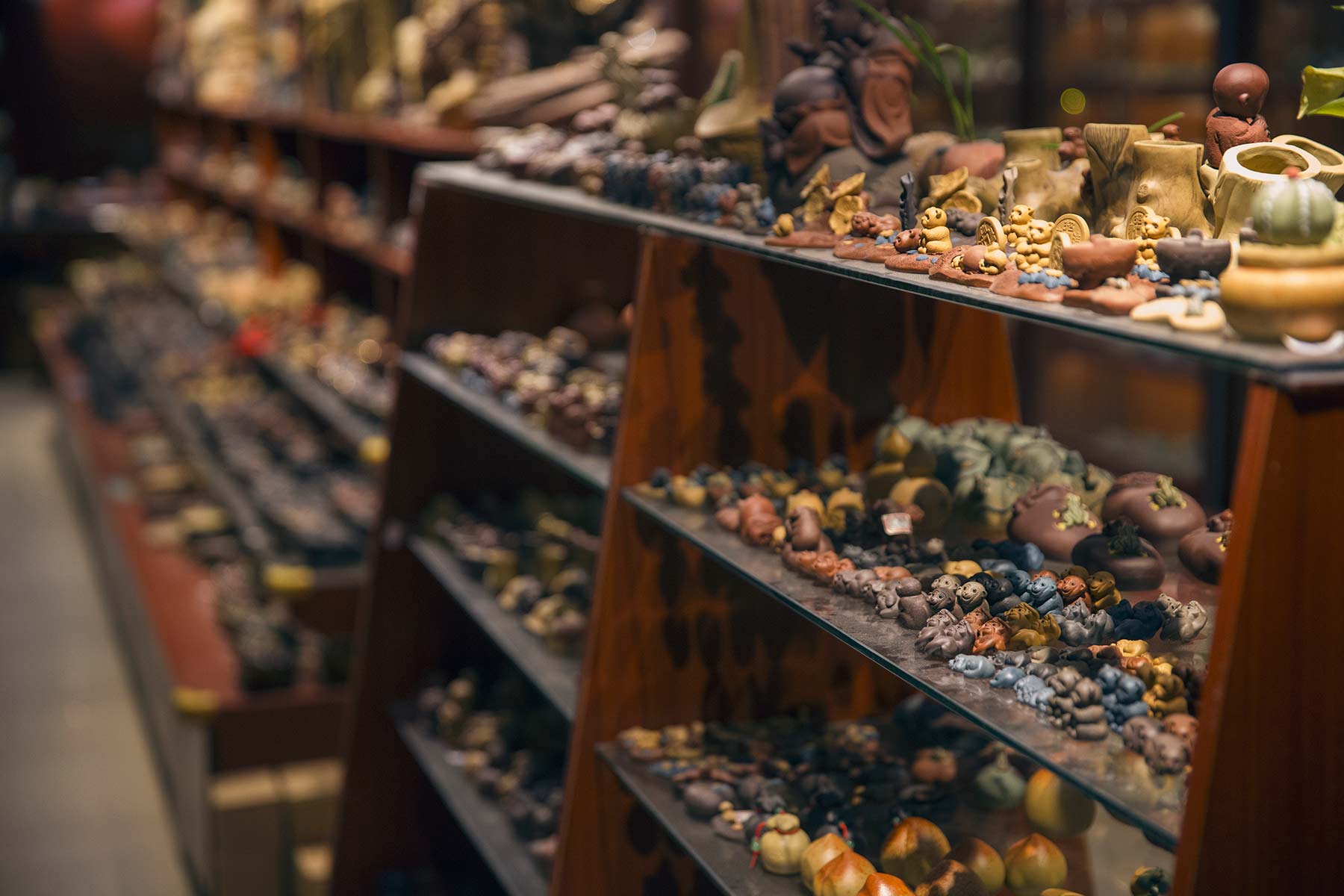


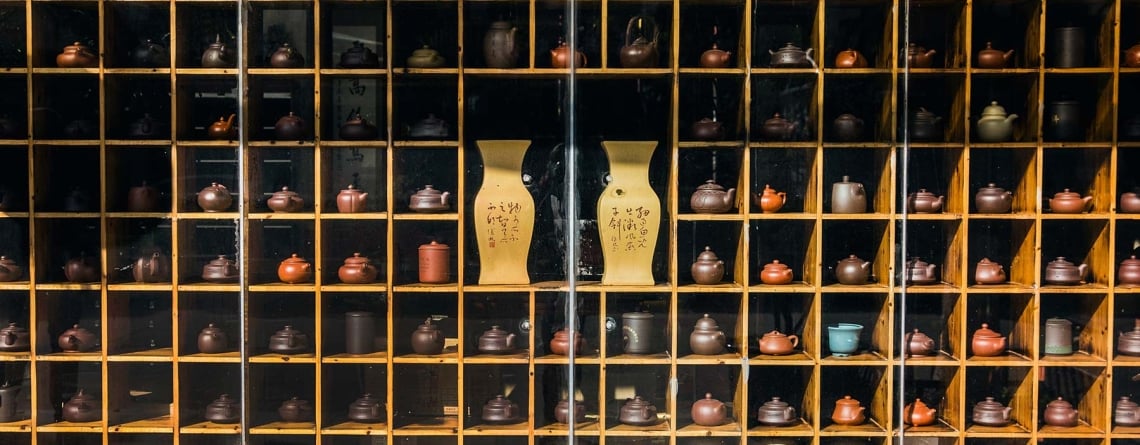
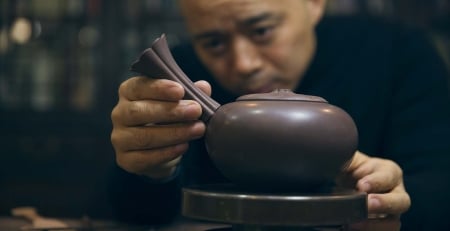
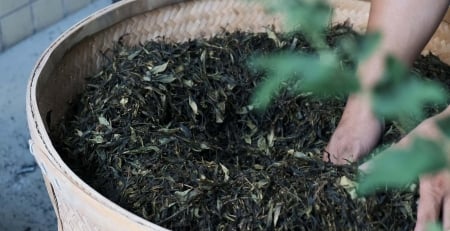
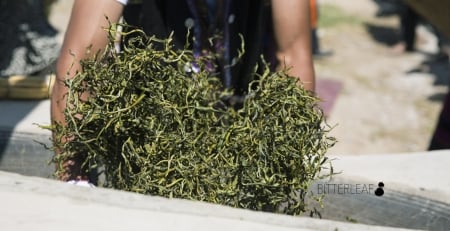
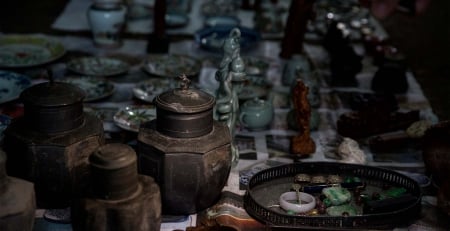
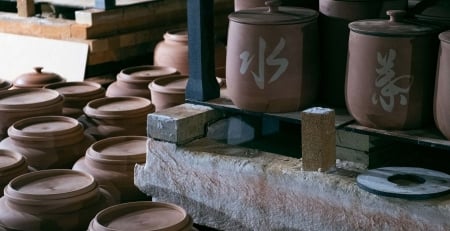
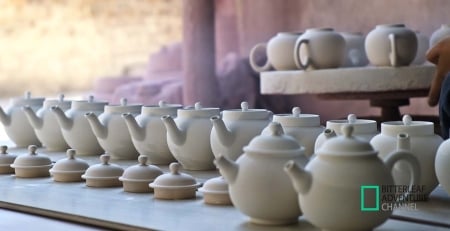
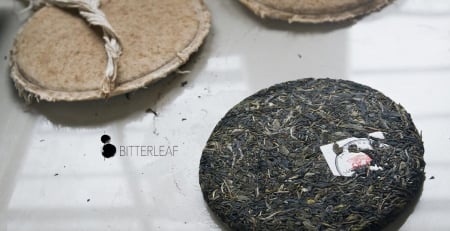
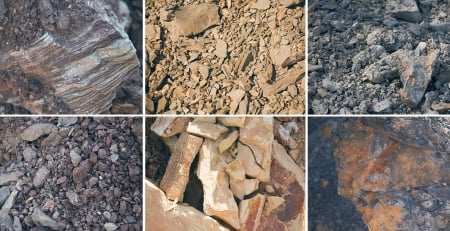

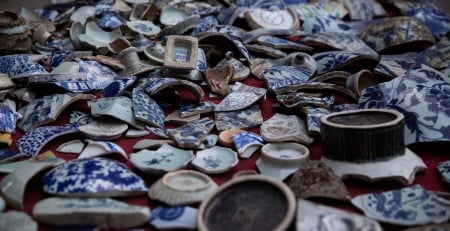
Leave a Reply
You must be logged in to post a comment.